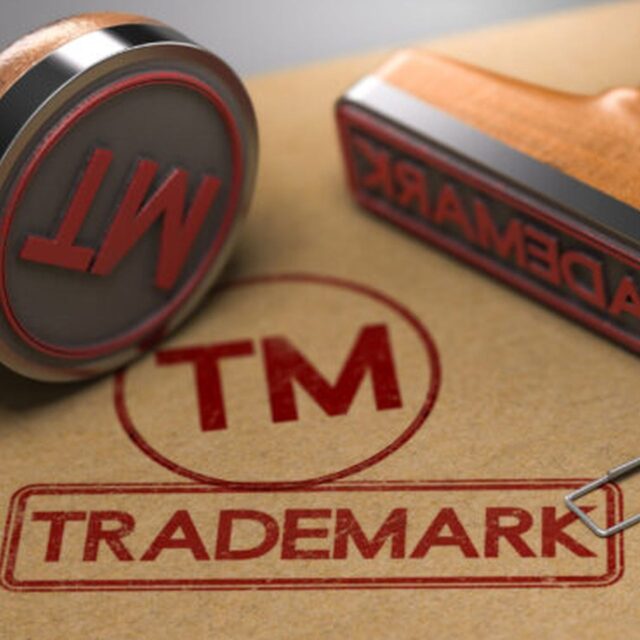
Article 6/1 of the Industrial Property Law No. 6769 stipulates that a subsequent trademark application that is identical or similar to a registered trademark or a trademark application, and that covers identical or similar goods or services, must be refused if it gives rise to a likelihood of confusion among the public. Within this framework, two main factors play a decisive role in assessing the likelihood of confusion: the similarity of the signs and the identity or similarity of the goods and services. The coexistence of these two elements may give rise to a likelihood of confusion capable of leading consumers to associate the trademarks with one another.
At this point, the similarity of goods and services constitutes a precondition in the assessment of the likelihood of confusion. Although the European Union Intellectual Property Office (EUIPO) Guidelines note that the Nice Classification was created primarily for administrative purposes and is not, on its own, decisive for similarity assessment, in practice, trademark offices often base their analyses on these classes and conduct similarity assessments at the subgroup level accordingly.
In this context, the trademark application filed under application number 2024/079767 for the sign “IBM WATSONX” in Classes 09, 35, and 42 has been opposed based on the earlier trademark “WATTSONIX,” registered in Classes 07 and 09. The assessment particularly focused on the likelihood of confusion regarding the goods listed under Class 09, which covers various technical products such as technological devices and information processing equipment.
The “IBM WATSONX” application includes computer hardware and software used in advanced technology fields such as artificial intelligence, quantum computing, and cloud-based systems. It encompasses technically specialized products such as data processing systems, AI modeling tools, cloud applications, and quantum computing software. In contrast, the goods listed under Class 09 for the “WATTSONIX” trademark consist of more general technological products, including consumer electronics, audio/visual systems, laboratory equipment, measuring devices, and computer peripherals.
Both trademarks cover products in overlapping domains such as computers, software, data storage systems, and electronic components. These product categories, which are similar in terms of technical characteristics and functions, are targeted at comparable consumer groups and marketed through similar distribution channels. Therefore, it can be argued that the goods in question are related in terms of use, thereby increasing the likelihood of confusion.
The visual and phonetic similarities between the marks are also notable. The signs “WATSONX” and “WATTSONIX” are phonetically similar and share structural elements likely to create an associative effect in the consumer’s mind. This similarity becomes even more significant in the context of brands operating in the technology sector and offering complex products, as the target audience in such a jargon-heavy field may easily confuse similar signs.
This assessment process is also aligned with the principles set forth by the Court of Justice of the European Union (CJEU) in its Canon decision (C-39/97). The judgment emphasized that the likelihood of confusion must be evaluated holistically, considering all relevant circumstances of the specific case. The Court highlighted the following key points:
“The likelihood of confusion must be appreciated globally, taking into account all factors relevant to the circumstances of the case.” (Canon, para. 16)
In addition, the Court noted a degree of interdependence between the relevant factors, stating that a lower degree of similarity between the goods or services may be offset by a higher degree of similarity between the marks, and vice versa:
“A global assessment of the likelihood of confusion implies some interdependence between the relevant factors … Accordingly, a lesser degree of similarity between these goods or services may be offset by a greater degree of similarity between the marks, and vice versa.” (Canon, para. 17)
Furthermore, the Court stated that the more distinctive the earlier mark, the greater the risk of confusion:
“The more distinctive the earlier mark, the greater the risk of confusion.” (Canon, para. 18)
In light of these principles, the assessment is not limited to whether the goods fall under the same class; rather, it considers all factors such as technical similarities between the products, areas of use, target consumer groups, and marketing methods to conduct a comprehensive analysis of the likelihood of confusion.
The dispute between the “IBM WATSONX” and “WATTSONIX” marks demonstrates that, for brands operating in the technology and software sectors, trademark registration strategies are not limited to the selection of distinctive signs alone—determining the scope of protection is equally critical. In cases where the goods show technical proximity, even minor structural differences may result in confusion in the minds of consumers. Therefore, during the preparation of trademark applications or in opposition proceedings against third-party rights, both the similarity of the signs and the scope of goods and services should be carefully analyzed, and a more meticulous strategy should be adopted, especially in fast-evolving fields such as technology.


